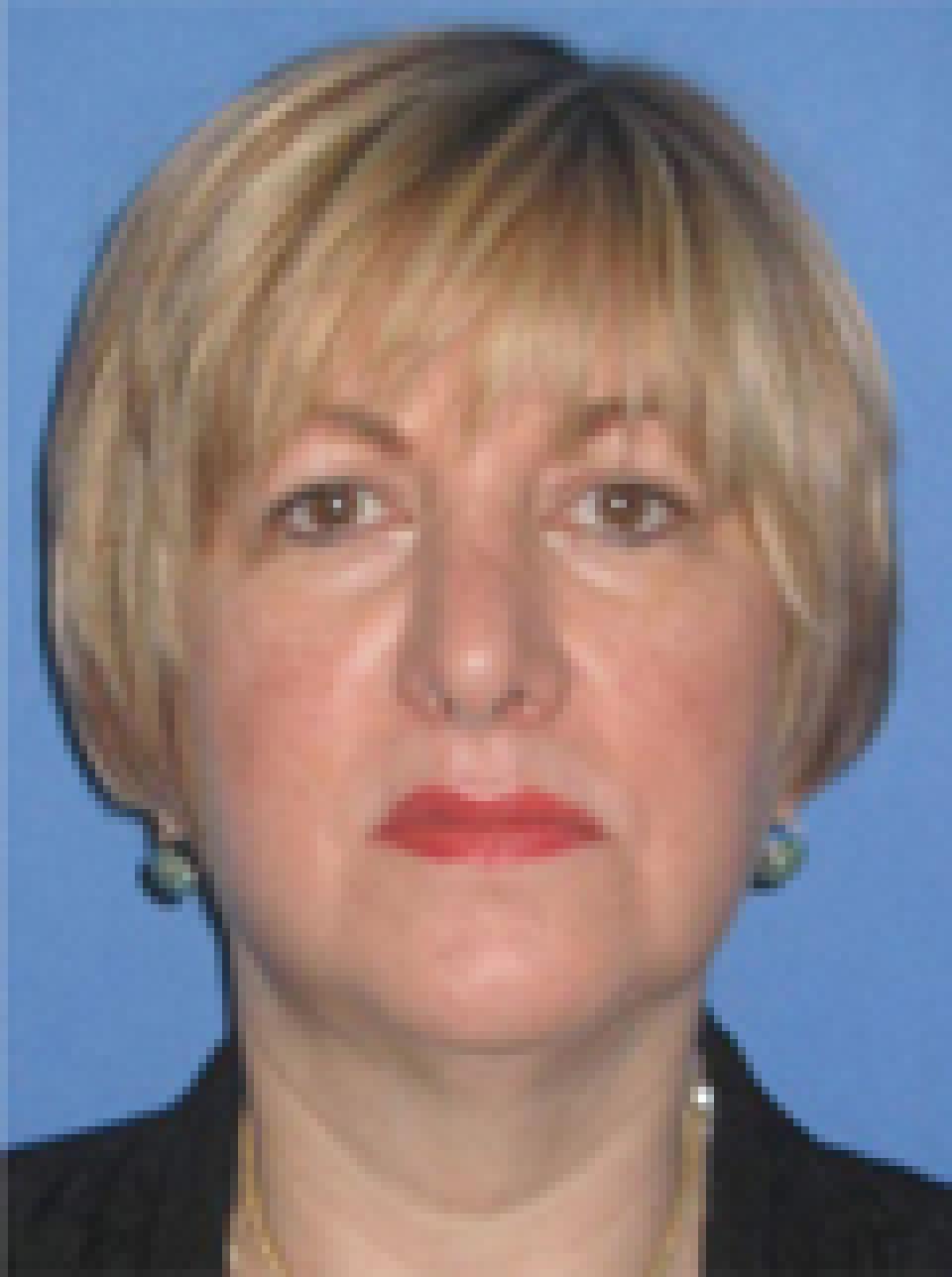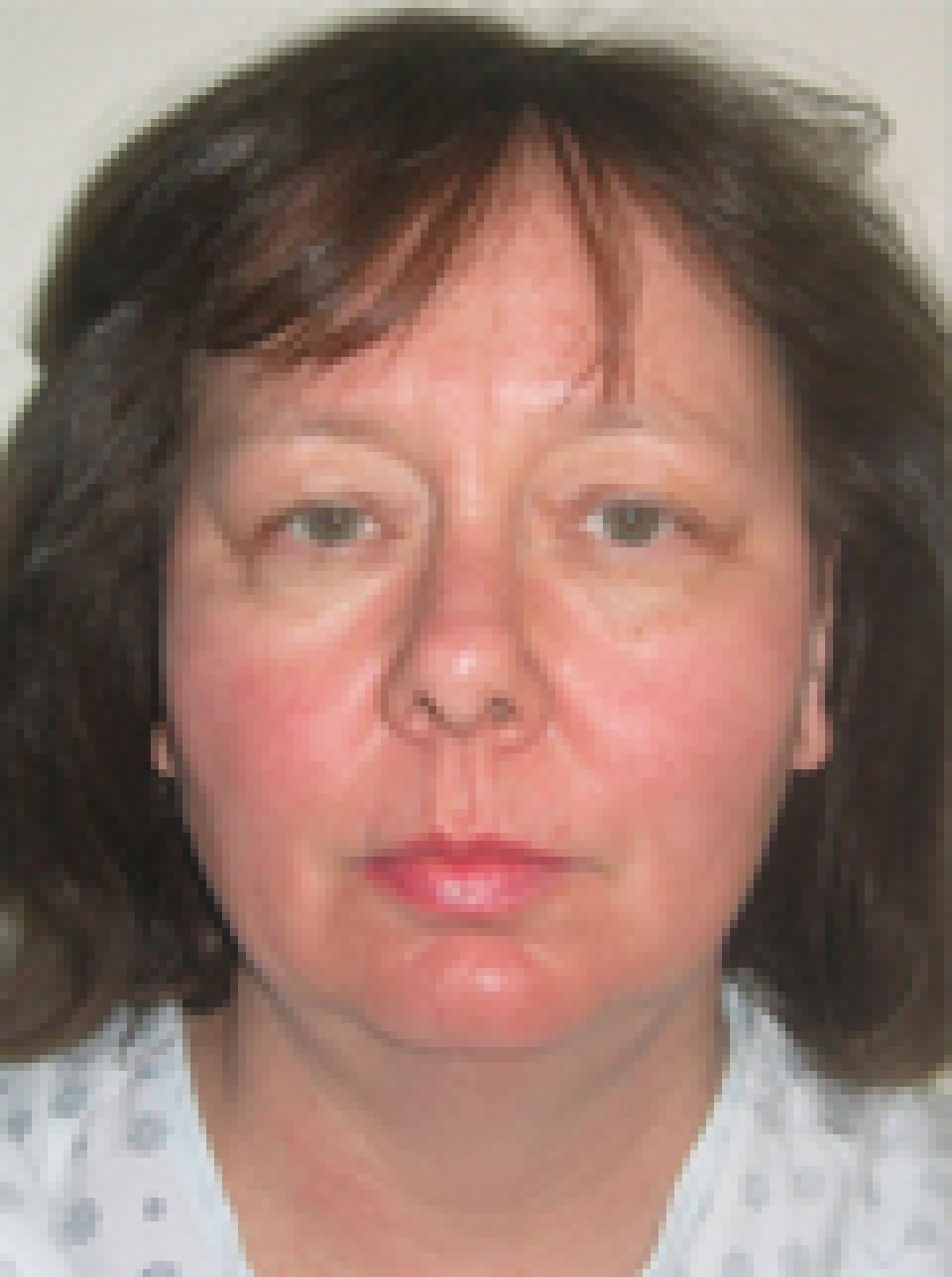Cheek
The term used to designate the side of the face, and limited in its forward extent by the naso-labial groove which runs from the side of the nose to the corner of the mouth.
The interior of the cheek is the mucous membrane of the mouth, which is confluent with the gums of upper and lower teeth and with the pharynx posteriorly. Salivary glands are in the mucosa deep to the muscular bulk of the cheek which is the buccinator (the mouth is the buccal cavity) which has a bone attachment to the maxilla and its fibres pass forward to blend with orbicularis oris the mouth’s sphincter equivalent to orbicularis oculi at the eye. Buccinator assists the tongue in moving food around inside the mouth while it is chewed between the teeth and mixed with saliva.
Superiorly the cheek is defined by the “cheek bone” in fact an arch of bone formed partly by maxilla, partly by zygoma and posteriorly by temporal bone. The temporalis muscle passes deep to the arch to insert into the coronoid process of the mandible.
Posteriorly, the well-defined masseter muscle would probably be considered the limit of the cheek area, it is in part covered by the largest of the salivary glands, the parotid gland, which extends forward into the cheek; when it is excised for cancer, it leaves an obvious difference in the symmetry of the face.
Some persons have what might be called a “chipmunk” appearance with well-defined swollen cheeks which must usually be due to an unusually thickly developed pad of fat; it is not seen in persons of lean build. In the opposite direction, the cheeks may appear sunken in those who have over-dieted or suffer from AIDS, and may appear ill-defined in those who have poorly developed zygomatic arches (cheek bones).
 before
before
 after
after
This case depicts a 59 year old woman who wanted to achieve a more youthful appearance. She was specifically concerned with her jowls and the fullness beneath her neck. She underwent an upper eyelid lift, a lower eyelid lift, a short scar face lift and ultrasound assisted liposuction of her neck and jowls.
The pictures show her approximately six months after surgery. The lower eyelid lift performed in this case did not involve removal of the fat that normally resides in the lower eyelid.
Instead, the fat was repositioned to fill in the hollows of the lower eyelids, making the transition from the lower eyelid to the cheek smoother and more aesthetically attractive.
 before
before
 after
after
This case depicts a 58 year old woman who wished to achieve a more youthful facial appearance.She underwent upper and lower eyelid lifts and a short scar face lift which addressed the skin and fat beneath the chin, the jowls and elevated the midface.
Her post-operative photographs depict her appearance at approximately nine months after surgery.
I try to perform a "mid-face lift" or "cheek lift" as a routine part of a short scar facial rejuvenation procedure. In individuals who have full cheeks that have descended over time, this portion of the procedure complements an aggressive correction of the jowls.